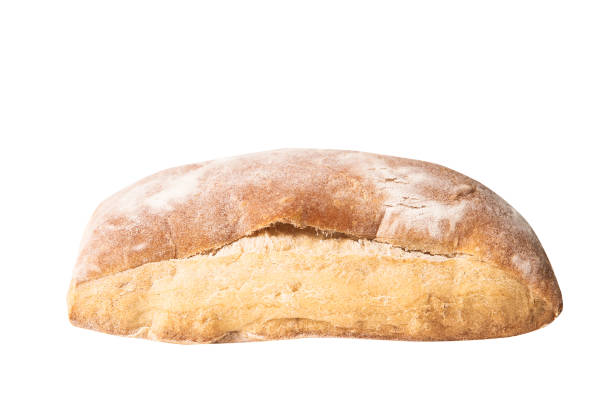Breaking Bread: A Journey Through the World's Most Unique Bread Varieties
Step into the world of bread, where there's so much more to discover than just your average white loaf. From the rustic loaves of Europe to the fluffy buns of Asia, bread is just as diverse as the cultures it comes from. Let's embark on a journey to explore the different bread varieties that are as unique as the places they originate from.

A Taste of Europe: France’s Baguette and Italy’s Ciabatta
France is synonymous with the Baguette, a long, thin loaf that is a staple in every French household. The Baguette is known for its crisp crust and soft, airy interior, making it perfect for sandwiches or just slathered with butter. Heading south, Italy presents us with Ciabatta. Characterized by its irregular shape and large, uneven holes, Ciabatta is ideal for dipping in olive oil or making into a hearty sandwich.
The Middle East’s Flatbreads: Pita and Lavash
Flatbreads are a common sight in the Middle East. Pita, a round, pocketed bread, is often used to scoop up dips like hummus or stuffed with various fillings. Another Middle Eastern favorite is Lavash, an incredibly thin bread traditionally baked in a tandoor. Lavash is often used as a wrap for kebabs, or it can be dried and crumbled into dishes.
The Hearty Breads of Eastern Europe: Rye and Pumpernickel
Eastern Europe introduces us to denser, heartier breads. Rye bread, with its slightly sour taste and dense texture, is a staple in countries like Germany and Russia. Pumpernickel, a type of German bread, is known for its dark color, sweet taste, and dense texture. Both of these breads are great for robust sandwiches or served alongside a hearty stew.
The Fluffy Buns of Asia: Bao and Mantou
In contrast to the dense breads of Eastern Europe, Asia presents us with fluffy, steamed buns. Baozi, or Bao, are round buns often filled with savory or sweet fillings. Mantou, on the other hand, are unfilled buns that are commonly eaten as a side dish. Both these buns are a testament to the versatility of bread and how it can be adapted to different culinary traditions.
Some Bread-y Good Facts:
- Did you know that the Baguette is legally regulated in France? Its ingredients are strictly limited to flour, water, yeast, and salt.
- The world’s oldest bread was discovered in Jordan and is over 14,000 years old.
- In many cultures, bread is considered a symbol of prosperity and life.
In conclusion, bread is much more than just a side dish or a sandwich base. It’s a reflection of a country’s culture, history, and culinary practices. Exploring different types of bread allows us to get a taste of the world from our own kitchens. So next time you’re at the bakery, why not try a new type of bread and embark on your own culinary journey?




